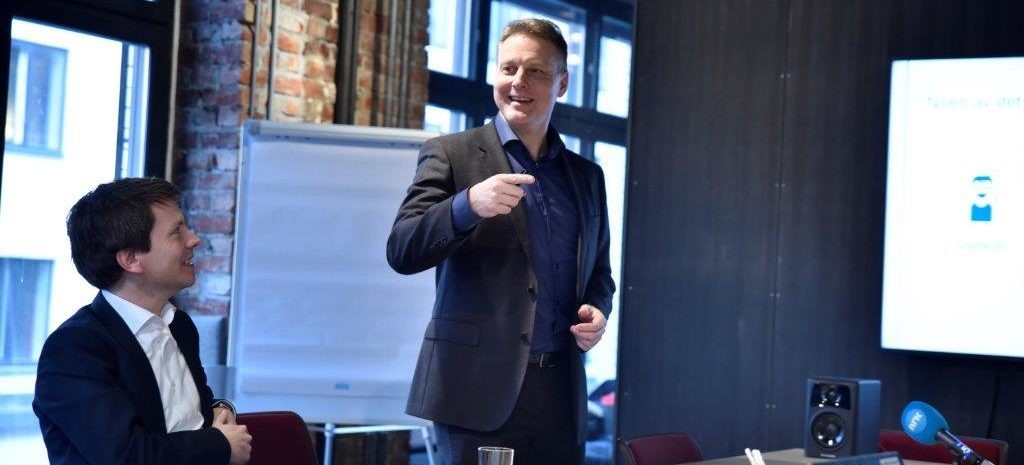The ‘Woman, Life, Freedom’ revolution now taking place in Iran is a strong reaction against the theocratic system which has directly attacked every one of these concepts for 44 years. “Woman, life and freedom” is a reaction against all the rules and laws that oppress and limit society. For better or for worse, the 1979 Islamic Revolution was a learning experience. Iranians now know what life is like in a country where religion and politics are bound together.
a slow and gradual but steady rebellion against Islamic rule
There are no statistics to say about how religious Iranians are. In Iran, this is a very sensitive topic. But based on the protracted struggle against the Islamic Republic, it is clear that a large part of the population is dissatisfied with the current situation.
The protests in Iran show that secular and religious Iranians distance themselves from the regime’s mix of religion and politics. Images from Iran show a slow and gradual but steady uprising against Islamic rule dictated by the Islamic Republic.
Some Iranians are non-religious, others are very religious. If you look at religion with a psychological and sociological approach, religion has certain functions that are influenced by various circumstances. Prolonged wars, instability, poverty, unfair distribution of economic and/or social resources, for example, can play a role. The more difficult a situation, the greater the need for religion. In a society characterized by peace, economic security and social stability, the need for religion diminishes. It is about using religion to deal with life’s sorrows and problems.
For many people, religious practice is situational
Religious rituals and ceremonies also help create collectivity and togetherness, whether they involve celebrating weddings and holidays or marking mourning. Religion can also give people simple answers to the big philosophical questions about life and the world.
Religion has a place in most people’s lives, but it doesn’t have to be everyday and narrow. For many people, religious practice is situational.
On the other hand, we have people who have a strong religious identity, and who practice their religion every day.
Religion in Iran is an individual, political, and theocratic issue. It’s about how individuals view religion and how regimes use religion.
Here in Europe it is wise to ask why rebellions are coming now? In terms of religion, Iranians and Europeans are on the same track. Steady national efforts and international solidarity will be able to take Iran a little further along this path.
Because Iran has changed:
First, it’s about generational change. This generation is not the same as the one that formed the revolution in 1979. These people do not share the same interests or needs for religion. They were brought up in different times and in different ways. Obedience is not as highly valued as it was in the past.
Second, we have experienced what happens when religion is drawn into every aspect of people’s lives.
Third, thanks to modern technology, Iranians have been informed of a different way of life. Internet and satellite TV have made people question how to live life in Iran.
Iran is on its way to secularism
I believe that what is happening in Iran now, through the ‘Woman, Life, Freedom’ revolution shows the need to change the position of religion. Iran is on its way to secularism. If religious people want religion to continue to have a place in Iranian society, they must stop imposing their views on the population about how religion should be practiced and how life should be lived.
Maybe this is a good tip for all societies who want religion to still play a role, in an age when there are more and more institutions and tools that can fulfill the function of religion.
What is now happening in Iran will somehow affect politics and religiosity in the region and in the world.

“Music maven. Evil pop culture lover. Unapologetic creator. Friend of animals everywhere.”

.jpg)




